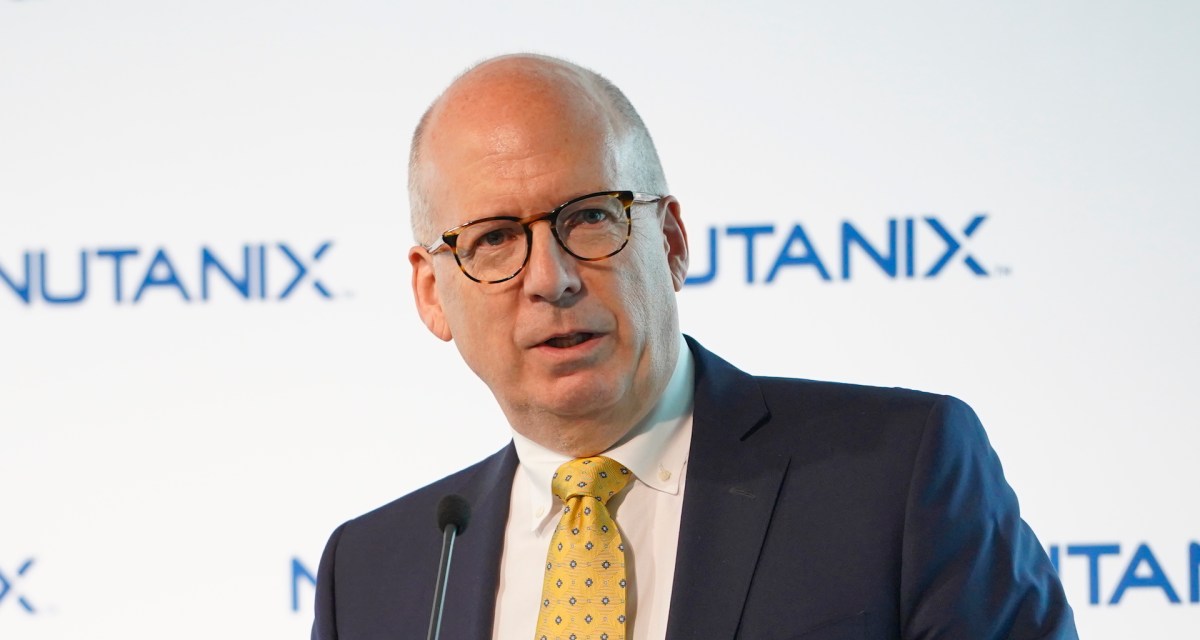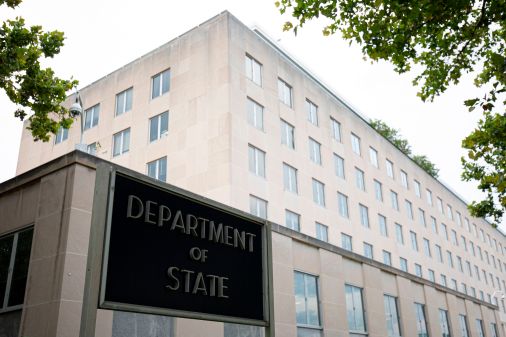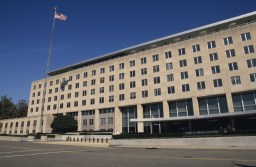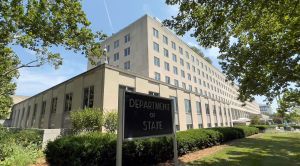State Department’s Center for Analytics thriving in a time of telework

The current telework environment has accelerated the State Department’s reliance on its new Center for Analytics for geography-independent collaboration, according to the department’s CIO.
Stuart McGuigan, speaking during an AFCEA Bethesda webinar, said the department typically assembled a cross-functional task force in response to major world events like a change in national leadership.
The task force would read papers, debate and ultimately publish guidance.
“Today, using groups like our Center for Analytics, we develop predictive models that assess the likelihood that there might be a change in government,” McGuigan said. “And if the model predicts a statistically high likelihood, we might trigger that task force before anything’s happened.”
If an expert on, say, South America is off doing a tour issuing visas, that person can still collaborate around the clock using videoconferencing or other telework tools, he added.
The State Department launched its Center for Analytics in January to outfit about 75,000 employees across 200 posts worldwide with data tools and training to make better foreign policy decisions.
With such a dispersed workforce, the department “almost naturally pivoted to a more agile, DevOps environment,” McGuigan said.
In 2019, without knowing a coronavirus pandemic was on the horizon, the department moved every employee to the cloud and Microsoft Office 365 while centralizing identity management. Now about 90% of its employees are teleworking, and the department continues to add capabilities based on feedback — without compromising controls or security posture, McGuigan said.
The State Department has started to consider the daily cost of delaying information technology decisions during telework, along with more traditional metrics like return on investment. If a major system upgrade would make your operation 10% more effective, you can calculate 10% of your labor cost every day you don’t act.
That practice of calculating “cost of delay” will continue when normal work resumes, McGuigan said.
“The cost of delay in a crisis is we’re not in business, but under normal circumstances there is a cost of delay,” he said. “You can put that in place and create this sense of urgency.”
A budget injection from the Coronavirus Aid, Relief, and Economic Security (CARES) Act aside, the State Department has achieved between one to two years of scaling in a matter of weeks, McGuigan said.
The CIO credits faster clearances of upgrades during remote meetings, rather than via traditional, paper-based channels. While that won’t stand for everything when things return to normal, approving project direction and guiding principles over the phone could become the model going forward, McGuigan said.
“Speed is not inherently a limitation at the Department of State,” he said. “It’s just alignment.”






